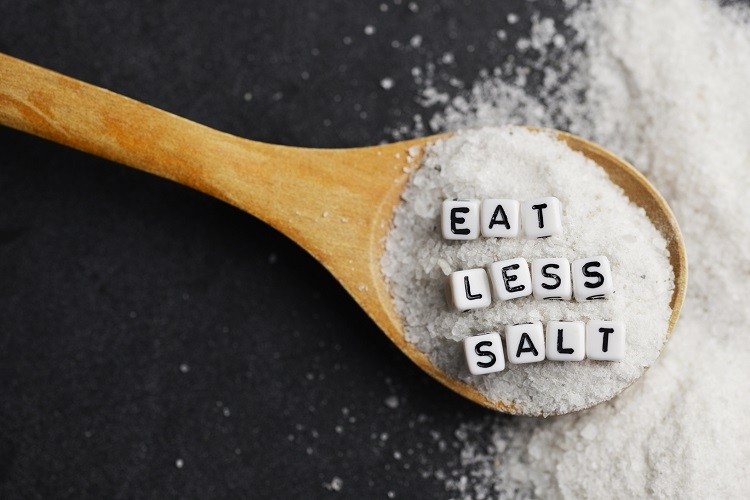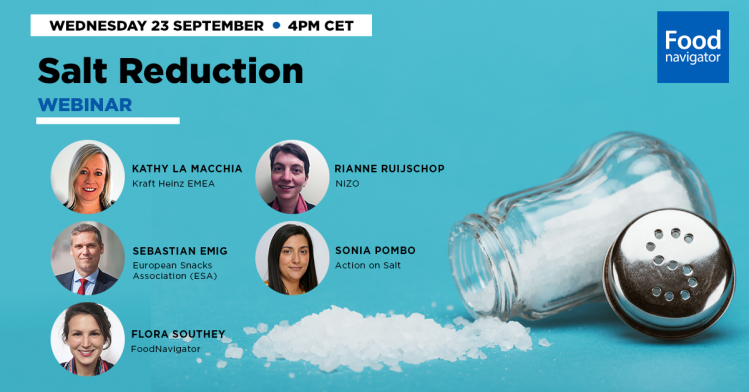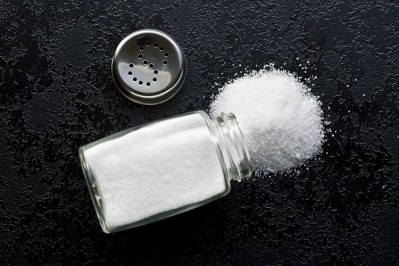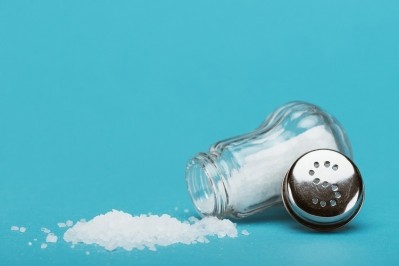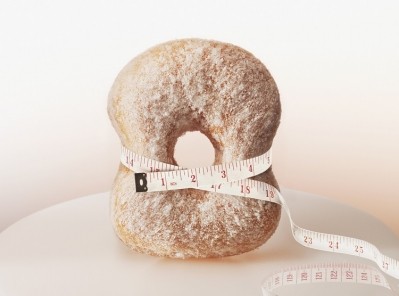New salt reduction targets for UK as progress report reveals ‘little’ improvement
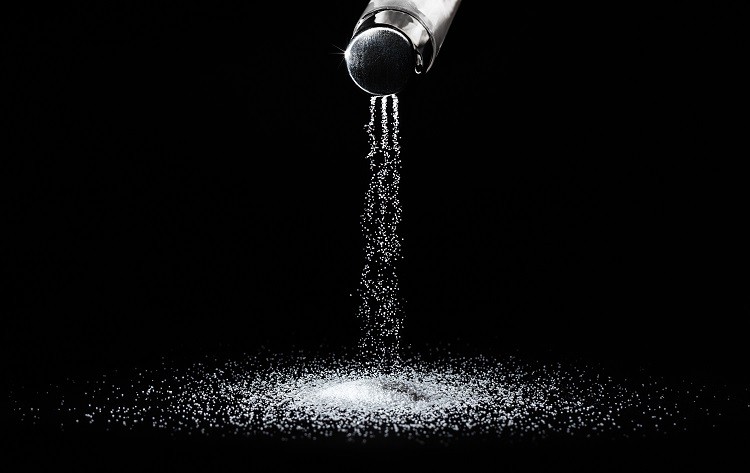
It is well known that excessive salt consumption is a major cause of high blood pressure, which increases the risk of heart attacks and strokes.
Indeed, in the UK, if consumers cut their daily intake from the average 8.1g a day to the recommended 6g a day, it is estimated that strokes would be decreased 22% and heart attacks by 16%.
The UK government has been challenging food manufacturers to reduce salt levels for several years, with salt reduction targets published in 2006, 2009, 2011 and 2014. Now, in 2020, Public Health England (PHE) is setting new salt reduction goals to encourage businesses to further reduce salt levels in the foods that contribute most to salt intakes.
Out with the old, in with the new
“We can all do our bit to stay healthy, to help protect us from coronavirus and take pressure off the NHS,” said Public Health Minister Jo Churchill. “The food industry can play their part, by making it as easy as possible for everyone to eat more healthily. These guidelines will help them take positive action.”
The guidelines in question challenge industry to meet salt reduction targets by 2024. Split into two parts, PHE has distinguished between voluntary targets for manufacturers and retailers, and the out of home, takeaway and delivery sector.
For both sectors, PHE notes the ‘preferred approach’ is for businesses to gradually reduce the overall saltiness of their products – rather than employ sodium replacers – therefore allowing for people’s palates to adjust to less salty foods.
For manufacturers and retailers, the expectation is that all products within an individual category meet the new targets. All new products, too, should either meet or fall below the current maximum target for the relevant category, according to PHE.
Meat-free products, for example, which includes all meat and fish alternatives, have been set a maximum salt level of 1.19g per 100g, compared to 1.25g in the previous guidance. Businesses have been challenged to reduce salt content to 0.85g per 100g, to replace the earlier 0.9g per 100g target.
Standard potato crisps is another category seeing a reduction in both maximum salt content (from 1.45g per 100g to 1.38g) and reduction targets (from 1.31g per 100g to 1.25g). The full guidance is available here.
A small number of exceptions do not have a maximum target. These include bacon, ham, mozzarella (used in food products), blue cheese, lightly salted butter, canned tuna, and canned salmon.
The second part of the guidance focuses on the out of home, takeaway and delivery sector. PHE has set salt reduction targets for 11 food categories and 24 sub-categories, based on the 10 most popular food groups purchased in the sector. A specific target for children’s meals has been added to the guidance.
Pie-based meals, which include all pies, pasties, and sausage rolls served with side dishes and accompaniments, for example, are to be reduced from 4.25g salt per 100g to 3.83g. All children’s main meals (excluding school foods) are to be reduced from 1.8g salt per 100g to 1.71g.
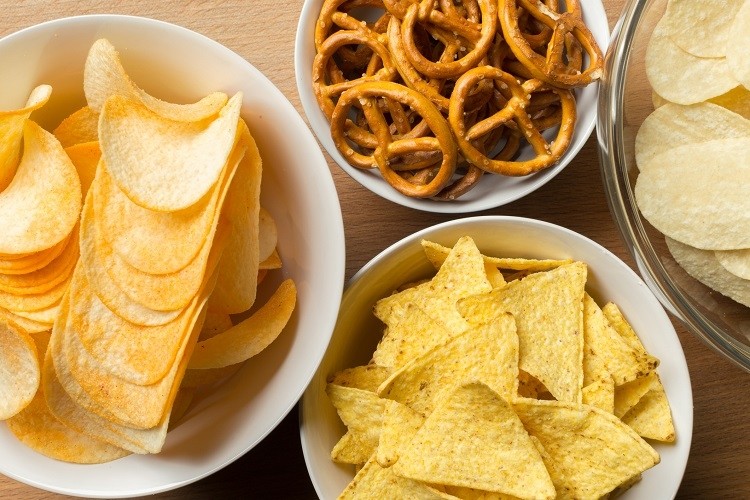
So are these new targets enough? Will they have the required impact of lowering salt consumption, reducing the risk of high blood pressure, and taking the pressure off the NHS?
Anne de la Hunty, senior scientist at the British Nutrition Foundation (BNF), told FoodNavigator the new targets are not yet low enough to reach the recommended daily salt intake.
“About 70% of the targets have been reduced further by up to 20%. As average salt intakes need to reduce by around 30% to meet dietary recommendations, these reductions would not be sufficient to get the population intake down to the level recommended.”
Further, de la Hunty said that based on progress to date, it is not yet clear whether these new targets will be technically feasible without innovation. In any case, “they signal the need for further reduction in salt levels in foods if the 6g/day recommendation is to be achieved across the population”.
The BNF senior scientist added: “The targets for the out of home sector are generally less challenging that those for in-home products, indicating that there is scope for further reductions in food eaten outside the home.”
Who has made progress, and where?
At the same time at publishing the new voluntary salt reduction goals, PHE released a second progress report on salt reduction. The findings relate to changes in salt content in food products between 2017 and 2018.
Findings revealed that two categories – cereals and cereal products, and meat and meat products – account for over half of an adult’s average daily salt intake.
Retailers and manufacturers, combined, met 28 out of 52 average targets in 2018 – the same number as in 2017.
Retailers performed slightly better than manufacturers in terms of year-on-year progress. In 2018, 43 out of 52 average targets were met by retailers, which is an increase of 4 compared to 2017. Manufacturers, on the other hand, achieved 18 out of 52 average targets, which is a reduction of 2 compared to 2017.
In the home, all average targets were met for a number of categories, including bread, baked beans, rice, crisps and snacks, breakfast cereals, butter, fat spreads, soups, pasta and quiche.
However, meat products performed poorly in comparison. Just one in 9 average targets for the category was met for retailers and manufacturers combined.
For BNF’s de la Hunty, this suggests that salt reduction in meat products is more technically challenging than for other products. “More work is needed in this area,” she told this publication.
“This is the case where salt has a role other than just providing taste, for example food preservation and safety, and these functions need to be maintained.”
Concerning maximum salt targets in 2018 compared to 2017, the in-home sector saw a 3% increase in products achieving, or sitting below, PHE’s target (83% compared to 80%).
PHE puts this increase down to a growth in the proportion of products from retailers at or below the maximum salt targets.
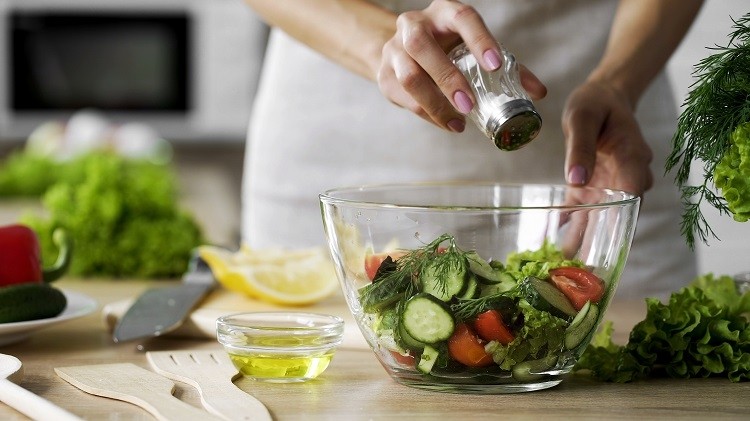
In out of home, data was insufficient to report overall findings for the sector. But the percentage of products at or below the maximum target set for all sectors was 61% in 2018, compared to 74% in 2017.
For de la Hunty, the progress report reveals ‘little progress’ over the 12 months from 2017 to 2018. “This is reflected in the lack of change in average salt intakes between 2014 and 2018/19.”
However, the senior scientist noted industry has observed ‘considerable success’ with salt reduction in recent years, and stressed that a number of categories – including bread, crisps and snacks, and fat spread – met average targets, “showing that there have been improvements for some categories”.
Challenges ahead
As targets are reduced further, they become harder to meet. De la Hunty said this means more innovation will be required to ensure safety, quality and taste are maintained.
“While some categories have met all the 2017 targets indicated scope for further reduction, foods such as meat products which have not met the 2017 targets are likely to find it difficult to meet even lower salt targets.”
Industry also ties a slower rate of salt reduction to progress already made in food and drink products.
“A huge amount of work has already been completed over a long period of time, it is therefore no surprise that the rate of reductions in salt intakes will slow down,” said the Food and Drink Foundation’s chief operating officer, Tim Rycroft.
“Most ingredients in food perform a wide range of functions, and go well beyond adding flavour, such as providing texture or shelf-life. This means taking anything out of food (through reformulation), be it salt, sugar or calories, is not straightforward.”
So what more can be done, aside from reformulation, to lower salt intake in the future? PHE stressed that salt added to foods by individuals when cooking or when eating has been estimated to make up approximately 15-20% of dietary salt intake.
This, BNF’s de la Hunty said, indicates that further progress towards meeting the salt dietary recommendation could be made by encouraging people not to add salt to their food in cooking or at the table.
For an in-depth panel discussion on salt reduction in Europe, please join our upcoming free webinar on September 23 at 4pm CET (Paris) / 3pm BST (London).
We'll be looking at the current regulatory environment, how best to incentivise foodmakers to lower salt levels, and of course, challenges and opportunities within the sector to make better progress.
